Do you own a pair of headphones? Chances are, your headphones have a 3.5mm headphone jack. But what is that? And what other types of headphone jacks are there?
In this blog post, we’ll take a look at the different types of headphone jacks and what each one is used for. We’ll also discuss how they work and how they affect the quality of sound. so that you can make an informed decision when purchasing new headphones or speakers.
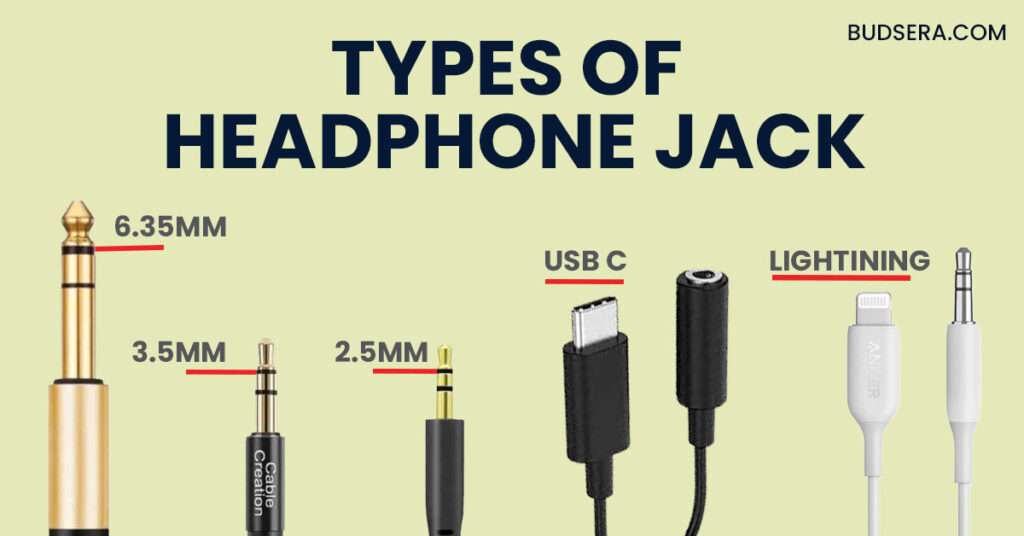
I know there is a debate in the world of headphones about whether or not wires are worth it, No matter from which type of fence you’re standing, it seems like the market is moving towards wireless headphones. Even so, a lot of people still use wired headphones for a variety of reasons, and a lot of wired headphones still exist in the market.
That’s why it’s important to know about the different types of headphone jacks that are out there, in case you ever need to buy or use a pair of wired headphones.
Before we get started I want to quickly cover the difference between “JACKS and PLUGS”
Main Difference Between Jack and Plug:
“A jack is generally female, meaning it has three metal tabs that protrude from its surface. A plug is male, meaning it has three corresponding holes into which the metal tabs of a jack fit.”
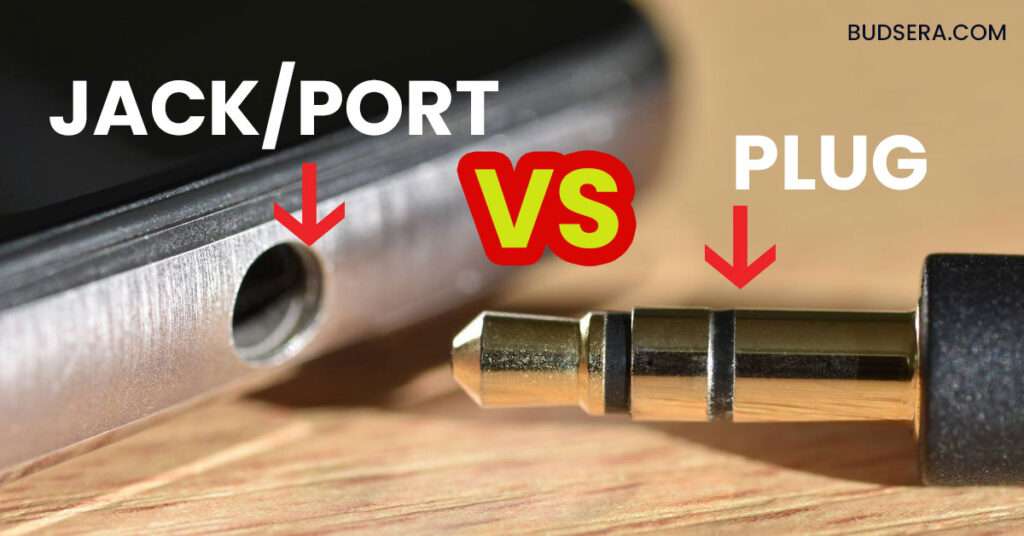
If I simply say “headphone jack” you can assume I’m talking about the plug, not the jack.
Because my friend jack is a port in your speaker, computers, and phones Sometimes you may also hear them as (phone jack, Audio jack, or you may find a port in your computer where you see an indication by headphone icon).
And the plug is located at the end of your headphone wire that you insert into the port.
want to know more about the difference between jack and plug just read this article.
Most common types of headphone jacks (plugs):

There are all sorts of headphones on the market today, and each one has its own unique jack. So it’s important to know the different types of headphone jacks out there. That way, you can be sure to get a pair that will work with your device. I know there is a lot of confusion when it comes to headphone jacks. Let me first start by saying that there are three main types of headphone jacks:
- 2.5mm Jack
- 3.5mm Jack
- 6.25mm jack

Note; These are the lengths of the exposed metal part of the plug (the part that goes into the headphone jack).
You might be interested in the Best wired Earbuds under 100$
Now, Let’s Start with a 3.5mm Jack
3.5mm Headphone Jack:

The 3.5mm headphone jack is by far the most common type of headphone jack. It can be found on almost all types of headphones, from cheap earbuds to high-end over-ear headphones. The 3.5mm jack is also the standard audio jack for all portable music players, smartphones, laptops, and computers.
The 3.5mm jack is also known as the “mini” jack. This is because it’s smaller than 6.25mm headphone jacks. It was first introduced in the 1950s and has been the standard ever since. It’s popular because it’s small and easy to use. Plus, it doesn’t require a lot of power to operate, so it’s perfect for portable devices.
One thing to keep in mind is that not all 3.5mm jacks are created equal. There are two different types of 3.5mm jacks:
- TRRS (Tip, Ring, Ring, Sleeve)
- TRS (Tip, Ring, Sleeve)
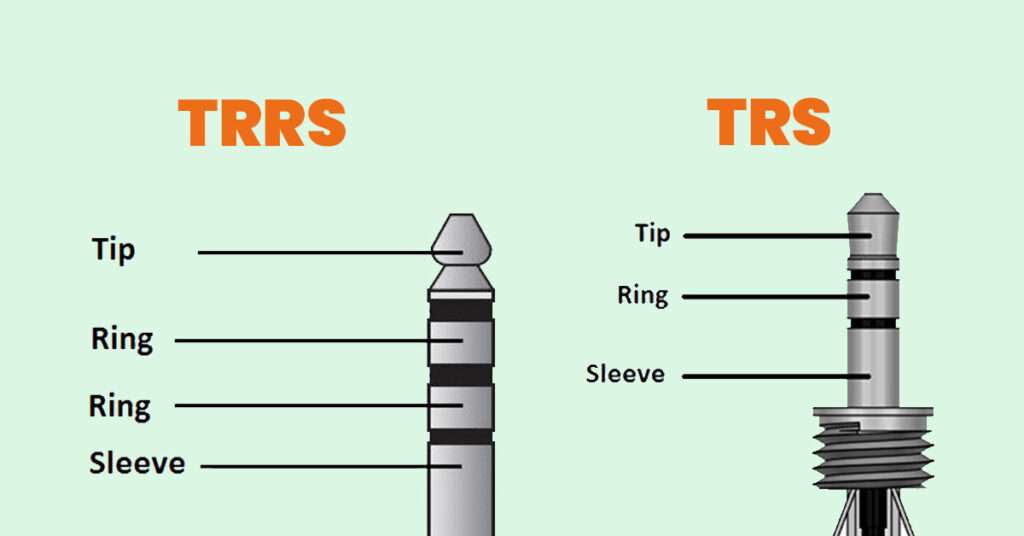
The difference between these two types of 3.5mm jacks is the number of metal contacts.
TRRS jacks have four contacts: two for the left channel, and two for the right channel.
TRS jacks have three contacts: one for the left channel, one for the right channel, and one for the ground.
TRRS jacks are typically used for headsets that have a microphone built-in.
TRS jacks are typically used for headphones that don’t have a microphone built-in.
2.5mm Headphone Jack:
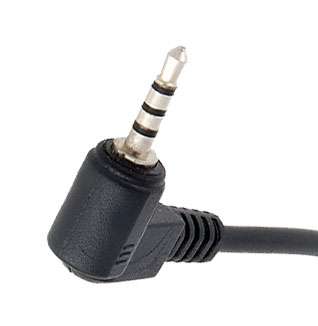
The 2.5mm headphone jack is not as common as the 3.5mm jack, but it can be found on some headphones, particularly older ones. The 2.5mm jack was introduced in the early 1960s and was commonly used on portable cassette players and radios. It’s smaller than the 3.5mm jack and requires less power to operate.
That is why it is called “Sub Mini” jack. It’s not as popular as the 3.5mm jack but they both are almost functionally the same, and the drawback is it’s not compatible with as many devices.
2.5mm jacks also come with two different Configurations:
- TRRS (Tip, Ring, Ring, Sleeve)
- TRS (Tip, Ring, Sleeve)

6.35mm Headphone Jack:

The 6.35mm headphone jack is the largest of the three main types of headphone jacks. It’s also known as the “quarter-inch” jack because it’s about a quarter-inch in diameter. The 6.35mm jack was introduced in the late 19th century and was commonly used on phonograph players.
It is still used today on some professional headphones and audio equipment.
While it’s not as common as the 3.5mm jack, it offers superior sound quality because it can carry more power. The 6.35mm jack is also compatible with 3.5mm and 2.5mm jacks using an adapter.
There you have it! These are the three main and most used types of headphone jacks. Be sure to check what type of jack your headphones have before you buy them.
So now we have covered the 3 main Types of Headphone Jacks but that’s not all, because there are other types of headphone jacks as well:
But as I promised, I will keep it simple and short, So let’s get into it:
Other Types of Headphone Jacks:
There are other types of headphone jacks that you may come across, but they are less common. Here are a few other types of headphone
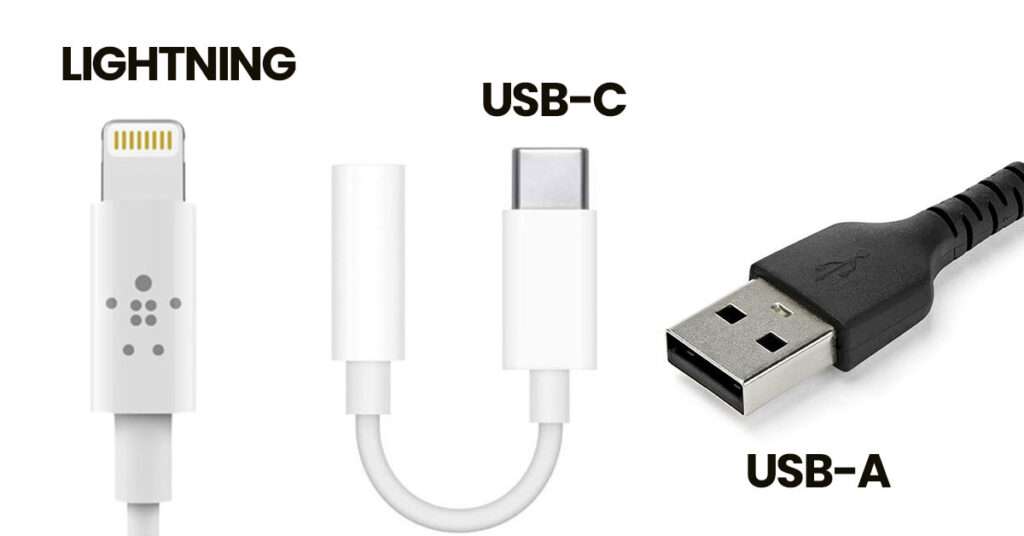
Lightning Jack:

The Lightning jack is a proprietary connector that is used on some Apple devices. It was introduced in 2012 with the iPhone 5 and has been used on all subsequent iPhone models. The Lightning jack is also used on the iPad, iPod Touch, and some Beats headphones.
The Lightning jack is small and easy to use. It’s also less likely to break than the 3.5mm jack because it uses a sturdier design. However, the Lightning jack is not as universal as the 3.5mm jack and is not compatible with most other devices.
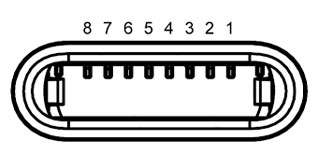
The Lightning connector has eight Conductor pins that are used for data and power transfer. For listening audio, it converts the digital audio signal into an analog signal and then sends it to the headphones. The connector is also used for charging the device.
Magnetic Jack:

The magnetic jack is a newer type of connector that is used on some headphones and charging cables. The magnetic jack is similar to the Lightning jack in that it is small and easy to use. However, the magnetic jack has a stronger connection and is less likely to come loose.
The magnetic jack uses two small magnets to create a strong connection between the headphone and the device. The magnets keep the connection secure, even if the headphone is jostled or pulled.
USB Jack (A and C)
When we talk about USB headphone jacks, we are referring to two different types of USB connectors: USB Type-A and USB Type-C. Many Headphones and other audio listening device manufacturers have now started using USB Type-C instead of 3.5 mm audio jacks.
USB Type-A Jack:

USB Type-A is the standard rectangular connector that is used on most USB devices. It is compatible with all USB standards and can be found on everything from printers to flash drives.
When it comes to audio, USB Type-A can be used to connect headphones and speakers to a computer or other device. The audio quality is typically very good because the USB connection can carry more power than a 3.5mm audio jack.
USB Type-C Jack:
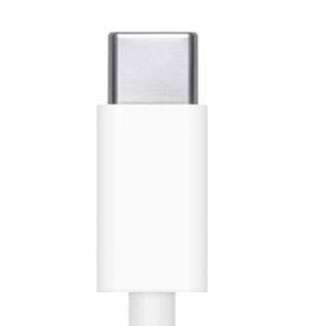
USB Type-C is the newer, smaller connector that is slowly replacing USB Type-A. It can be found on newer smartphones, laptops, and other devices.

USB Type-C is also becoming more common on audio devices, including headphones and speakers. It consists of 24 pins and can carry more data than USB Type-A. It is also reversible, so you can plug it in without having to worry about the orientation.
Closing Remarks:
So, those are the most popular types of headphone jacks. As you can see, each has its own advantages and disadvantages. Ultimately, it’s up to you to decide which is the best type for your needs. Do you have a preference? Let us know in the comments!
Do you have any questions about headphone jacks? Ask us in the comments and we’ll do our best to answer them. But first Make sure to check the FAQS section below!
FAQS:
- Charging Bluetooth Headphones During Use: Is It Possible? - January 9, 2024
- Why Over-Ear Headphones Best for Hearing Health? (7 Reasons) - December 12, 2023
- Fixing the Bose Earbuds Not Charging in Case Problem: Solutions That Work - November 24, 2023
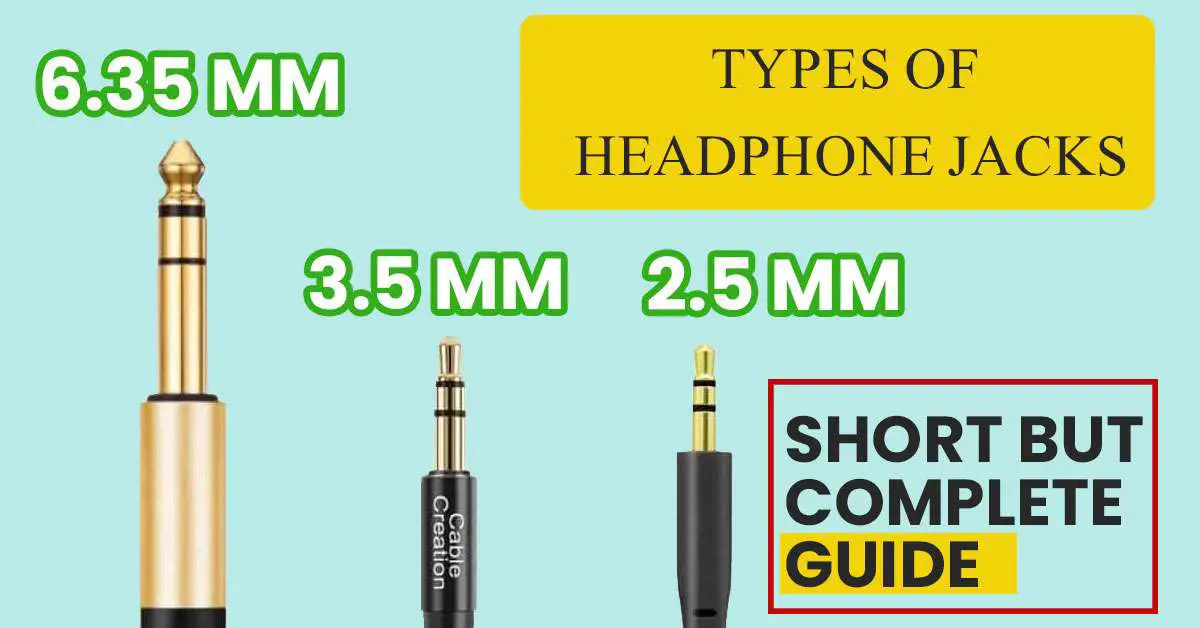

I used to be able to find good info from your blog posts.